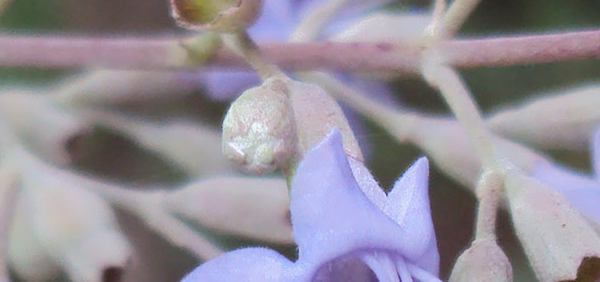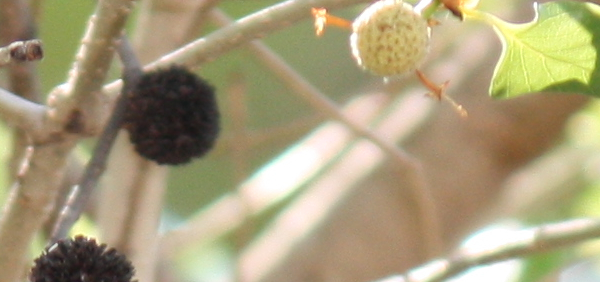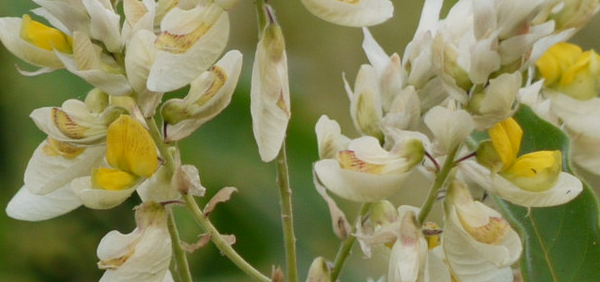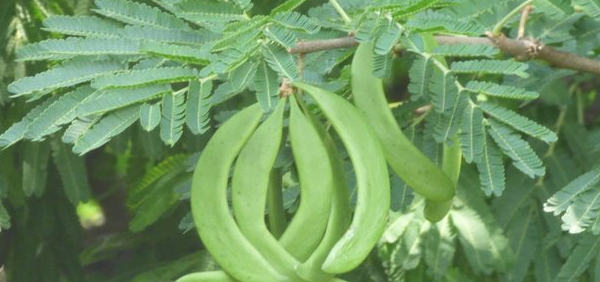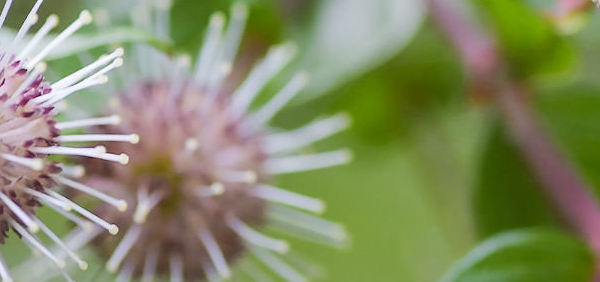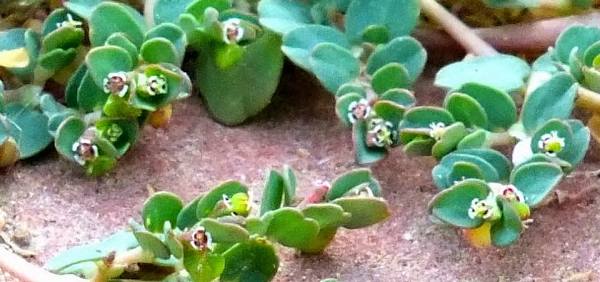musta :
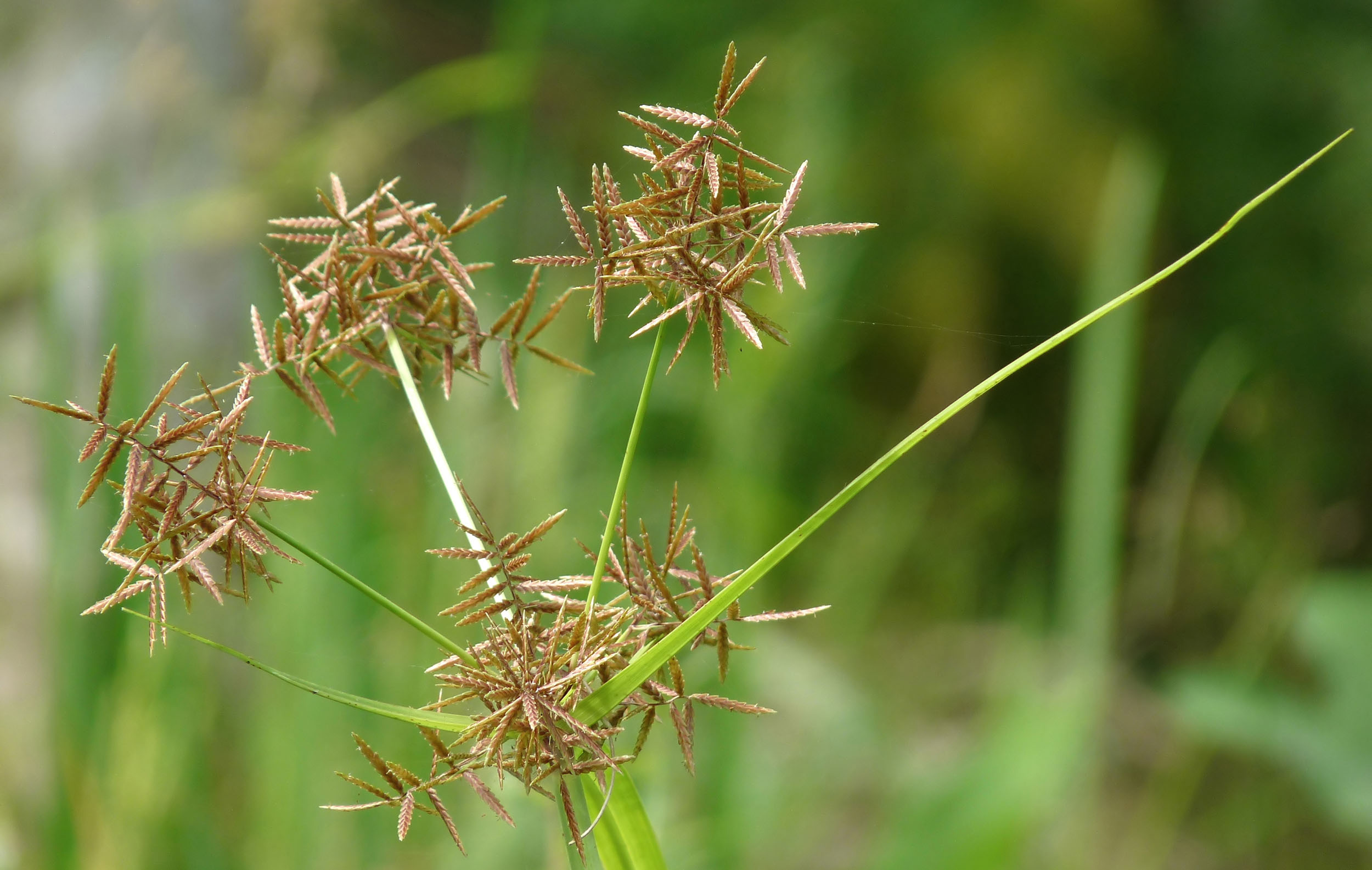
Use in other system of medicine:
In traditional Chinese medicine, C. rotundus is considered the primary qi-regulating herb.
The plant is mentioned in the ancient Indian ayurvedic medicine Charaka Samhita (circa 100 AD). Modern ayurvedic medicine uses the plant, known as musta or musta moola churna, for fevers, digestive system disorders, dysmenorrhea, and other maladies.
Arabs of the Levant traditionally use roasted tubers, while they are still hot, or hot ashes from burned tubers, for wounds, bruises, and carbuncles.Western and Islamic herbalists including Dioscorides, Galen, Serapion, Paulus Aegineta, Avicenna, Rhazes, and Charles Alston have described its use as a stomachic, emmenagogue, and deobstruent, and in emollient plasters
The antibacterial properties of the tubers may have helped prevent tooth decay in people who lived in Sudan 2000 years ago. Less than 1% of that local populations teeth had cavities, abscesses, or other signs of tooth decay, though those people were probably farmers (early farmers teeth typically had more tooth decay than those of hunter-gatherers because the high grain content in their diet created a hospitable environment for bacteria that flourish in the human mouth, excreting acids that eat away at the teeth).
- » Classification and names of musta
- » Synonyms and definitions of musta
- » Drug Properties of musta
- » Chemical Constituents of musta
- » Standardization of musta
- » Parts used and Dosage of musta
- » Morphology and Histology of musta
- » Distribution and Conservation of musta
- » Cultivation of musta
- » musta in the market
- » Medicinal Uses of musta
- » Researches and clinical trails of musta
- » musta in other sytems of medicine
- » Ayurvedic formulations with musta
- » Images of musta






